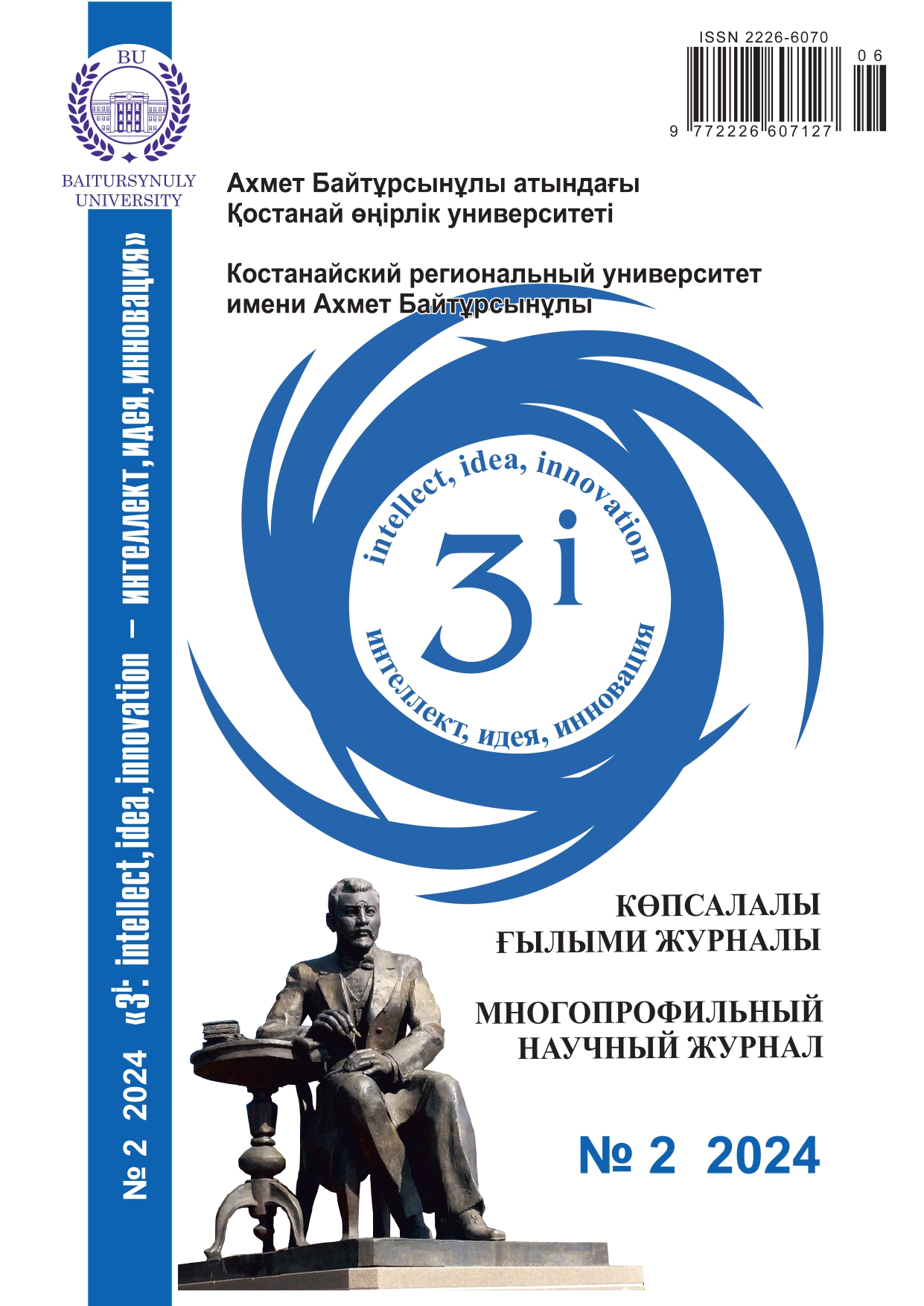FACILITATION OF DUAL TRAINING IN THE SYSTEM OF HIGHER PROFESSIONAL EDUCATION
DOI:
https://doi.org/10.52269/22266070_2024_2_79Keywords:
conditions, dual education, facilitation techniques, higher education, implementation, model, subjectsAbstract
This article focuses on defining the optimal conditions for implementing the dual education model in higher professional education based on facilitation technology. The study aims to identify the best conditions for integrating dual education into higher education, utilizing facilitation technology.
The tasks addressed in the article include: analyzing the current state of dual education implementation at the university; identifying the needs of all participants in dual education (teaching staff, students, employers) for organizing dual education using facilitation technology; and establishing optimal conditions for implementing the dual education model in the university's educational process based on facilitation session results. Methods used include SWOT analysis, facilitation technologies like World Cafe and Future Search, content analysis, ranking, and Spearman's correlation analysis.
Results demonstrate the effectiveness of facilitation technology in enhancing the quality of dual education, despite significant challenges in higher professional education systems. Calculations highlight the most optimal conditions, considering the interests and needs of all stakeholders in dual education: expanding dual education infrastructure (establishing training centers at enterprises, competence centers at the university), enhancing the psycho-pedagogical competence of mentors in production training theory and methods, educational theory and methods, psychology of professional activities, and ensuring psychological support for the educational process in the dual education format.
The study emphasizes the need for strategies involving all educational process stakeholders in organizing and implementing dual education.
Scientific novelty lies in applying facilitation techniques to refine the dual education model through active empathetic listening and understanding of the requirements and suggestions of all dual education stakeholders.




